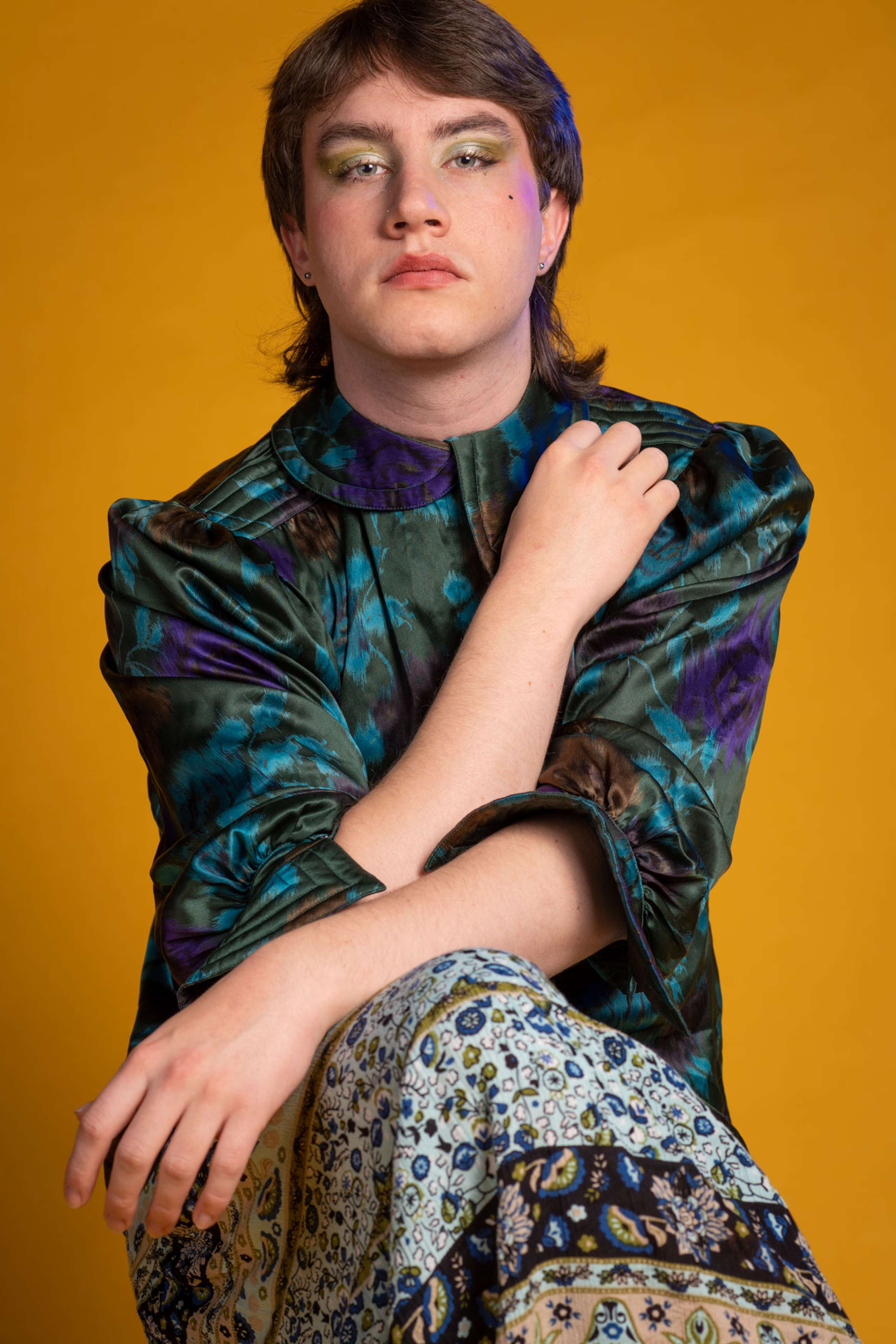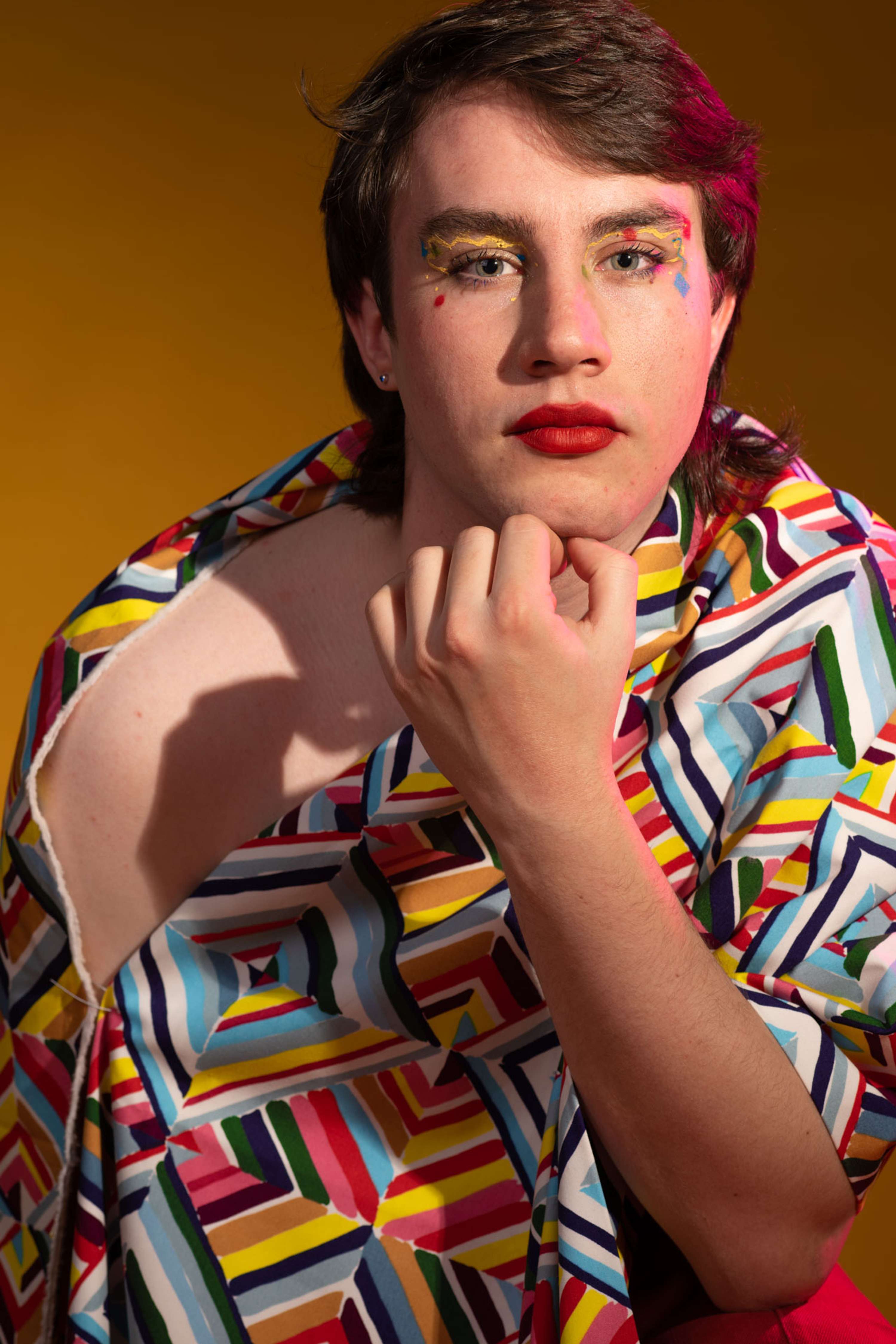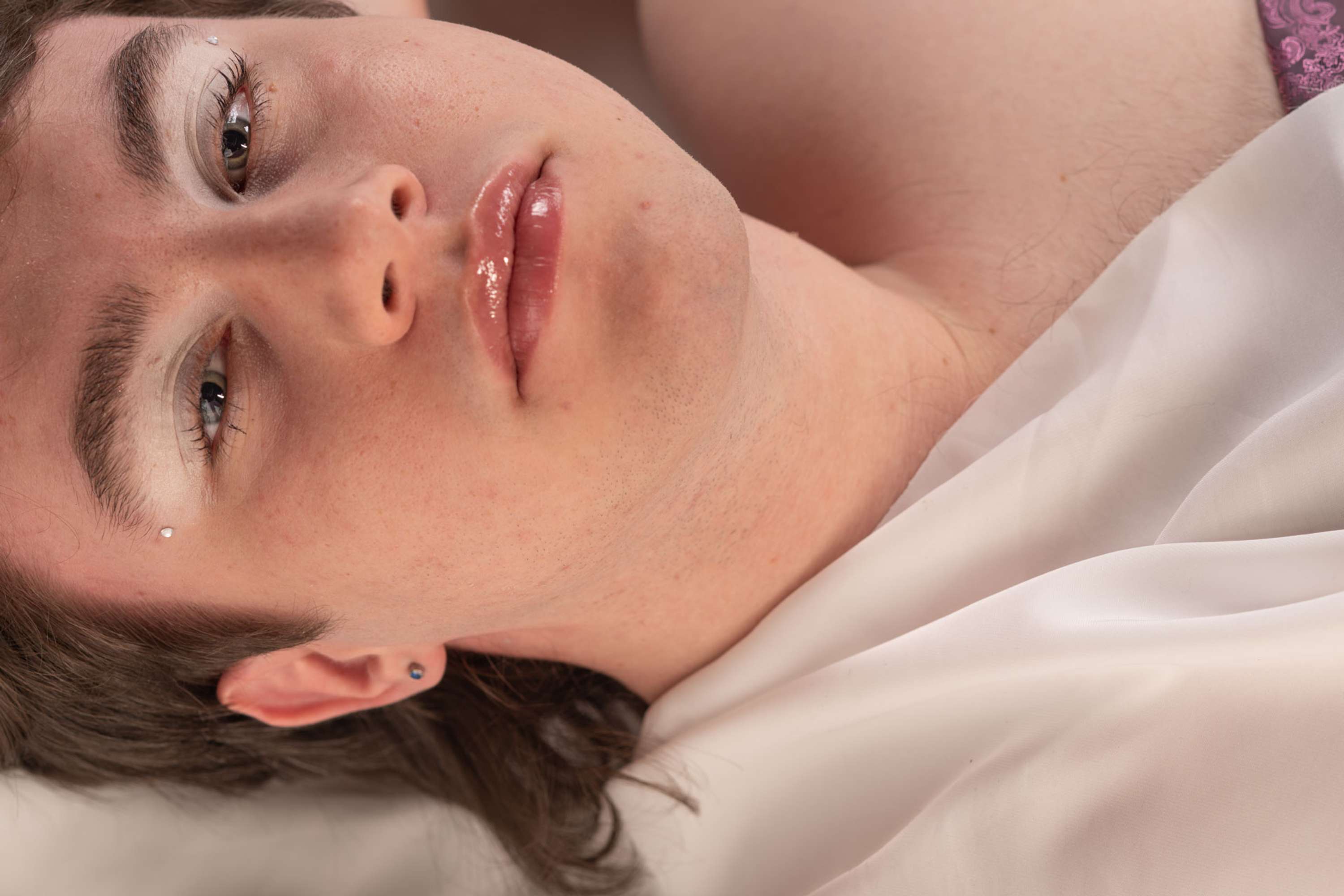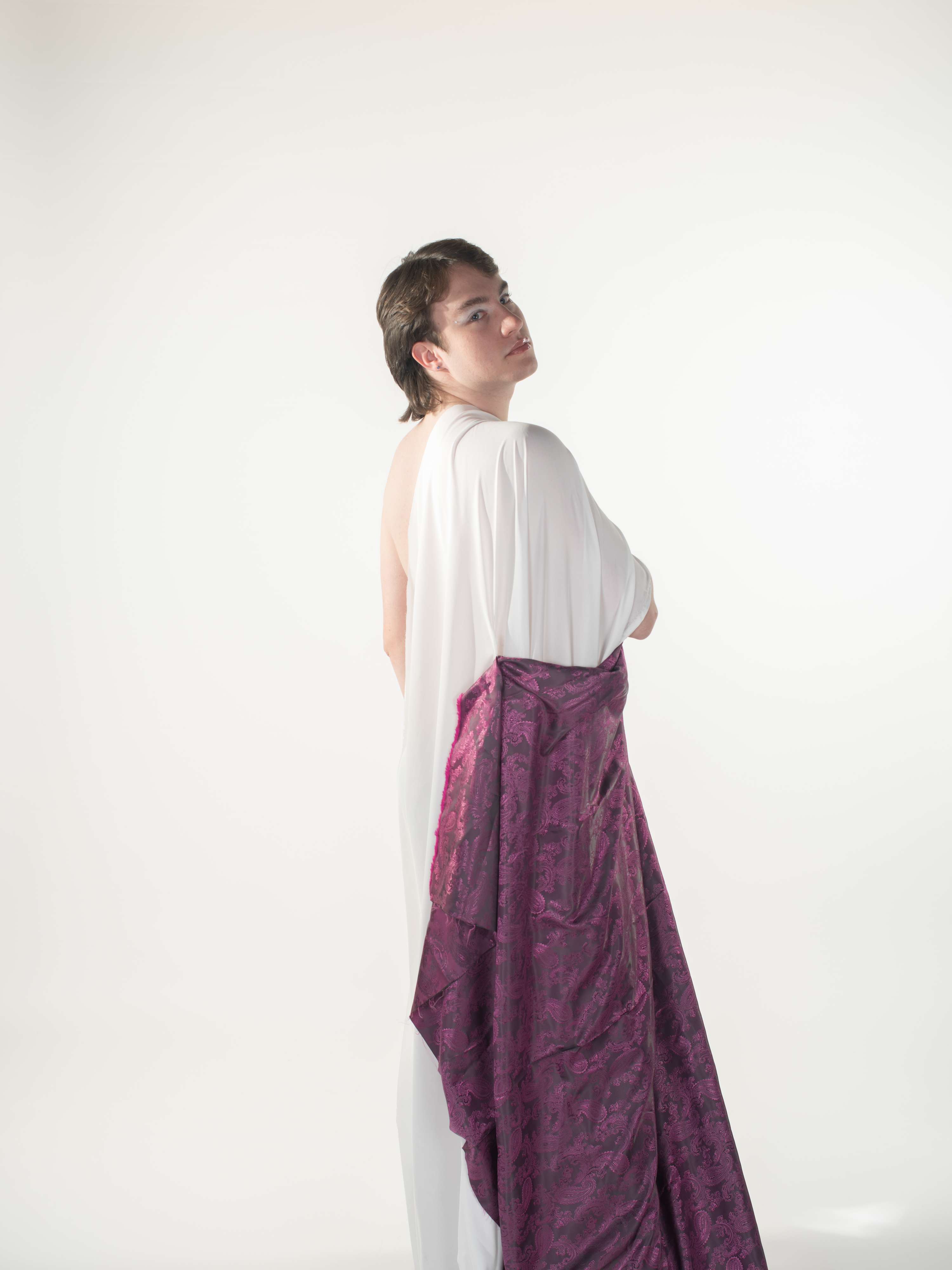Image Control
Traditionally, a photographer imposes their vision upon the subject as the world is shown through their eyes. This series flips that notion on its head, exploring the intersections between photography, performance, gender and the right to control how a person is seen. Working collaboratively with trans and non-binary people, I gave direct creative control to those who have been historically misrepresented. This series shows that by sharing control of the image, the image’s control can be ethically managed. All images are co-owned by the subjects and myself. This project was funded by the Berkofsky Arts Award.
CH
"In these images, I wanted to comment on the way that trans people are often made the ‘subject’, with our own viewpoints and experiences ignored, and how some people choose to portray and view trans people negatively. Our rights, and even our humanity, seem to always be subject to some sort of ‘debate’. The societal ‘trans panic’ which has been going on in this country over the past 5-10 years can - and does - lead to very serious, and often dangerous, real-life repercussions for trans individuals."

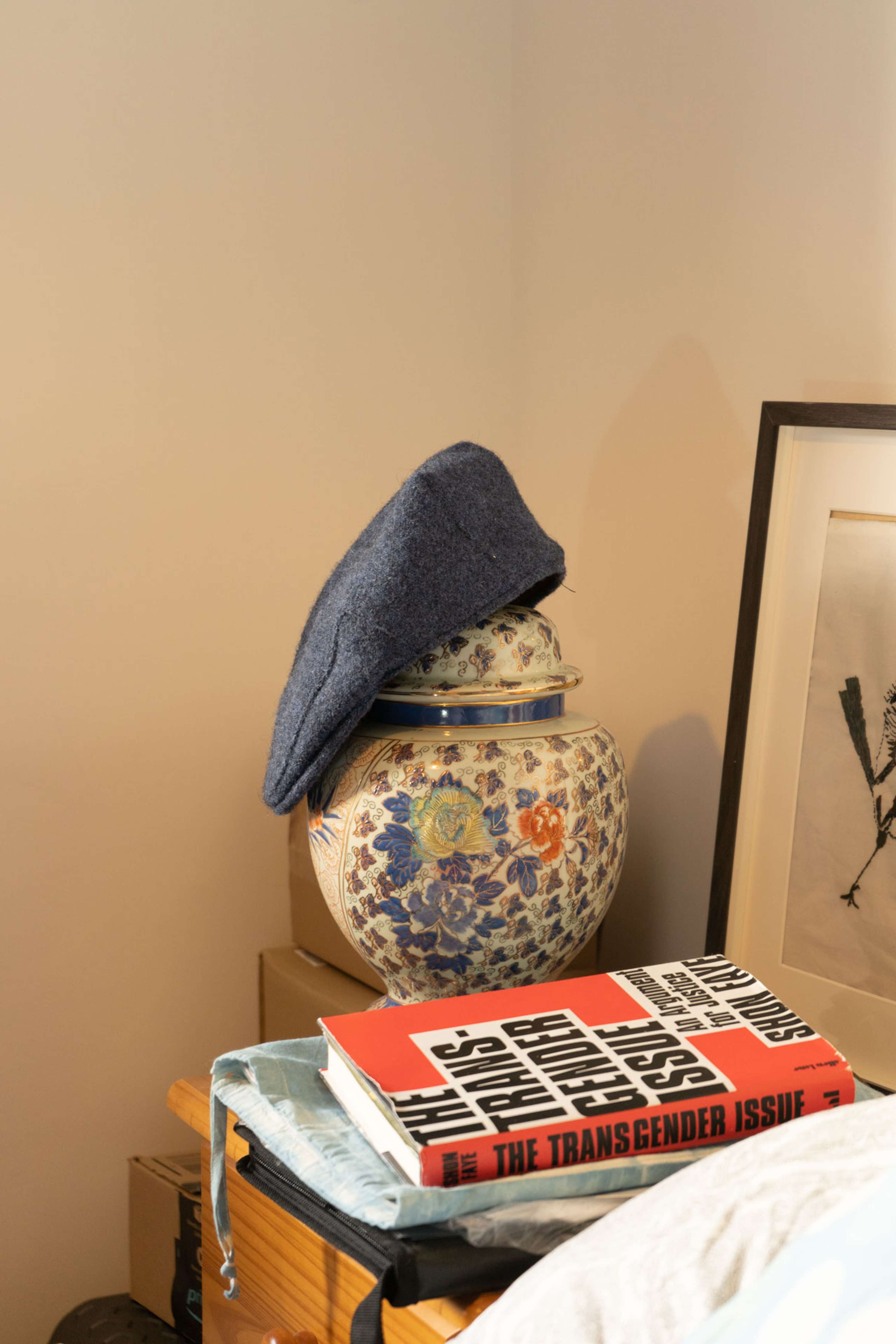
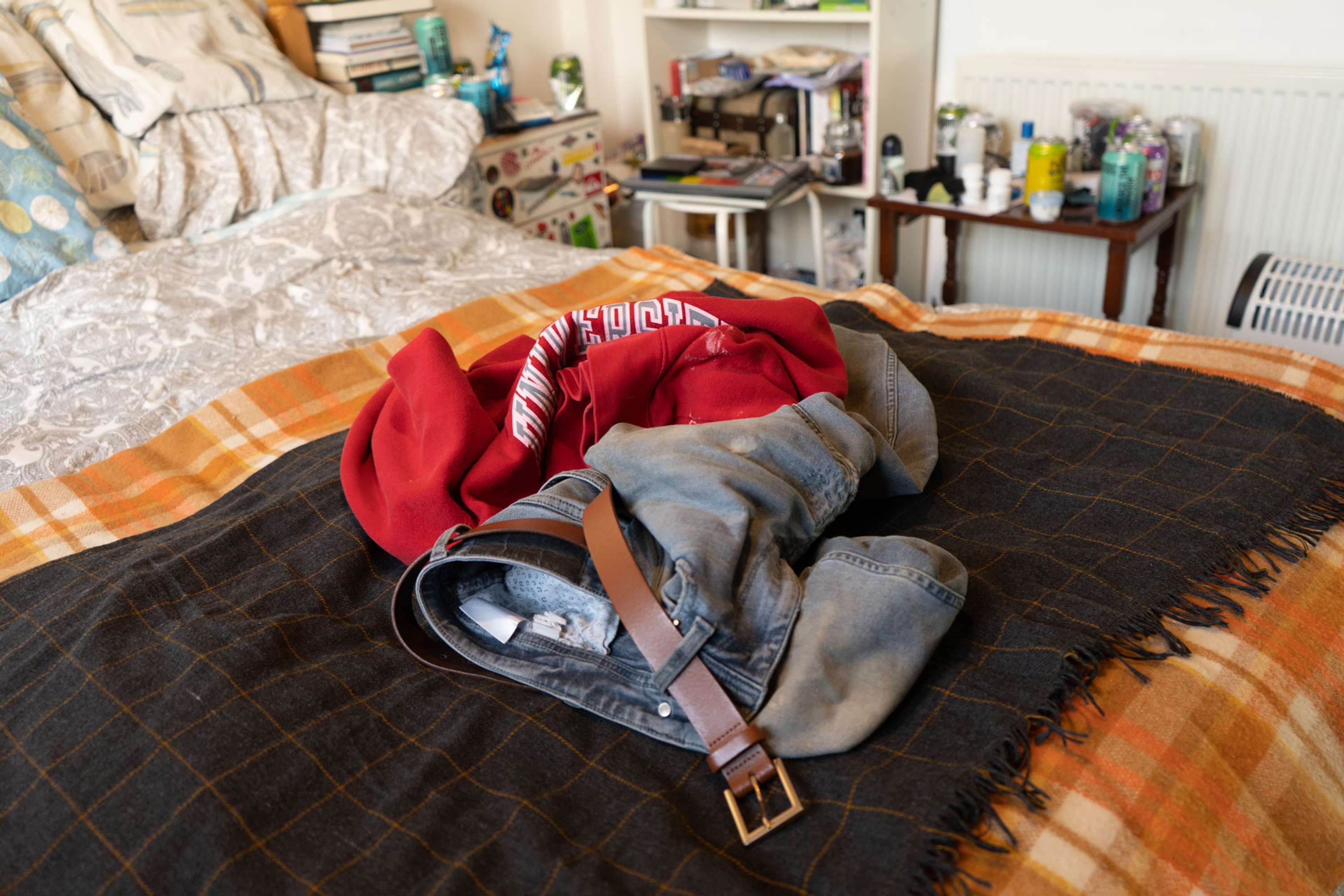
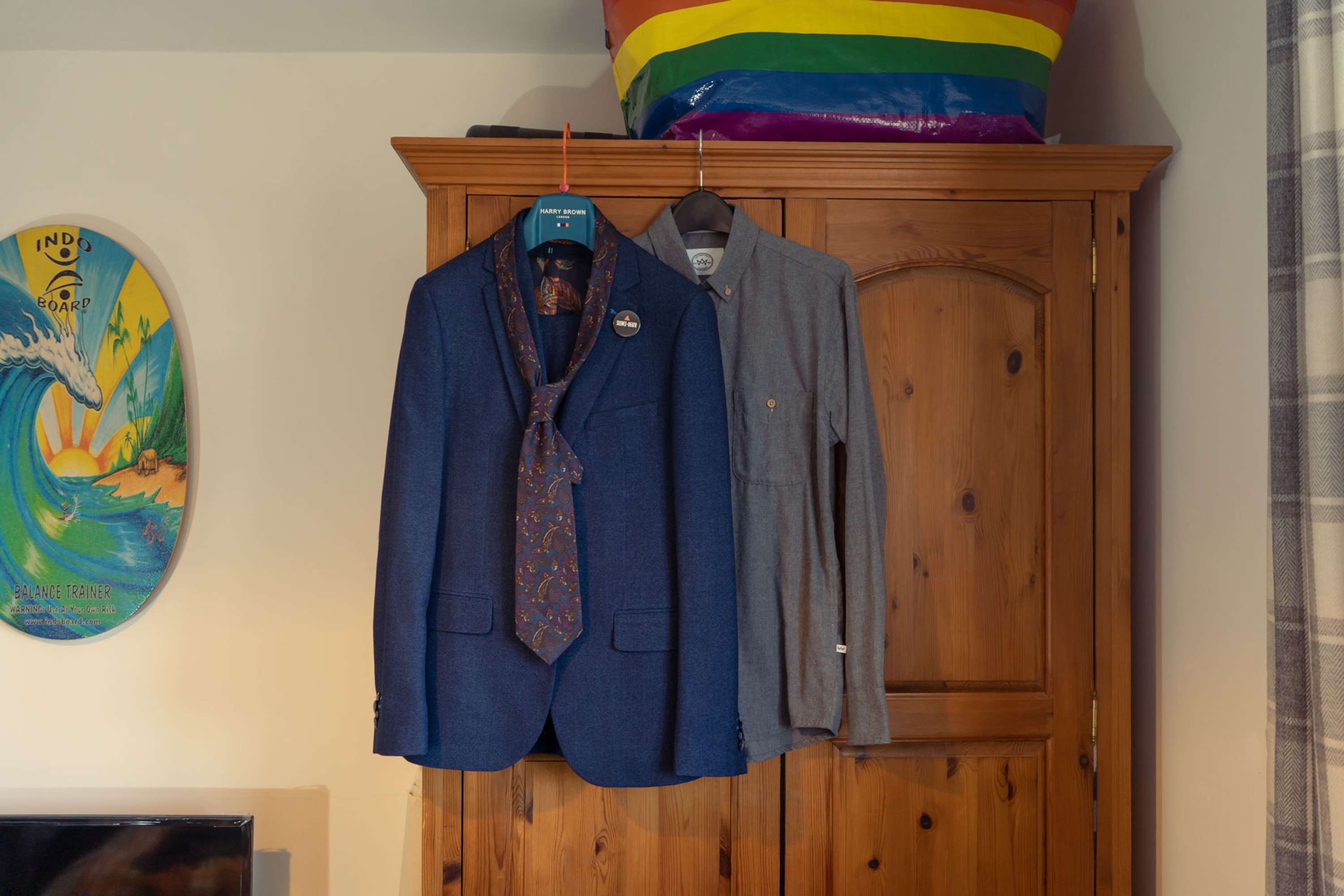
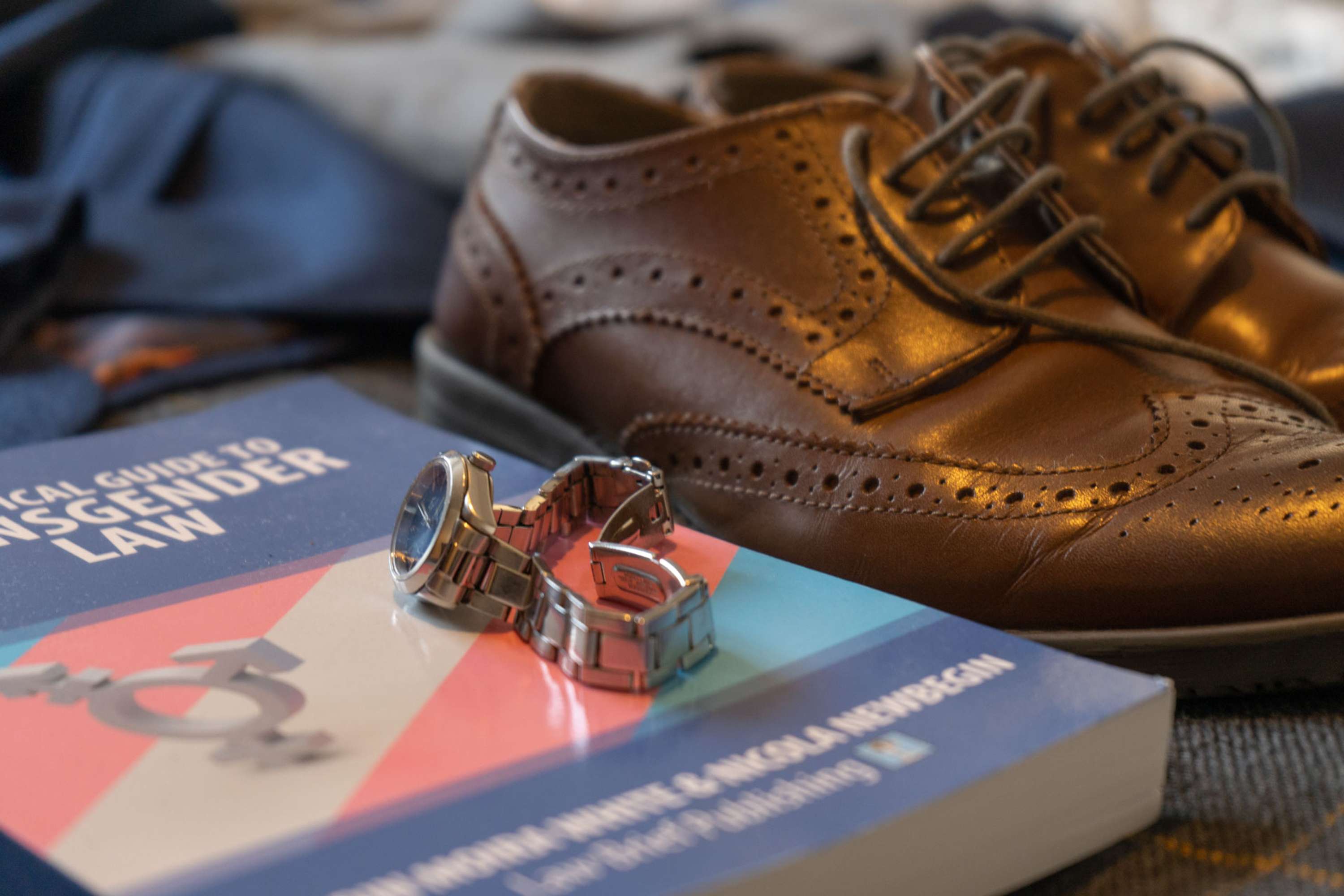
"To be ‘seen’ – in the literal sense – as a trans person is a double-edged sword. I think everyone wants to be seen for who they are, and nobody should have to hide anything about themselves. The trans community is a proud and vibrant one, made up of incredible human beings. Coming out, and living as your true self, is not only liberating - it is also life-saving for many trans people.
When you are ‘seen’ in society as a trans person, however, this can lead to all kinds of awful things happening to you, as I have experienced for myself. How can I be visibly trans in a world where to be so puts me in danger? I want to be seen; I want to be safe. I can't be both right now, but I’m fighting back. These images, for me, are about what that fight looks like, and how it affects me.
These images are an attempt to show you who I am, without showing you who I am."
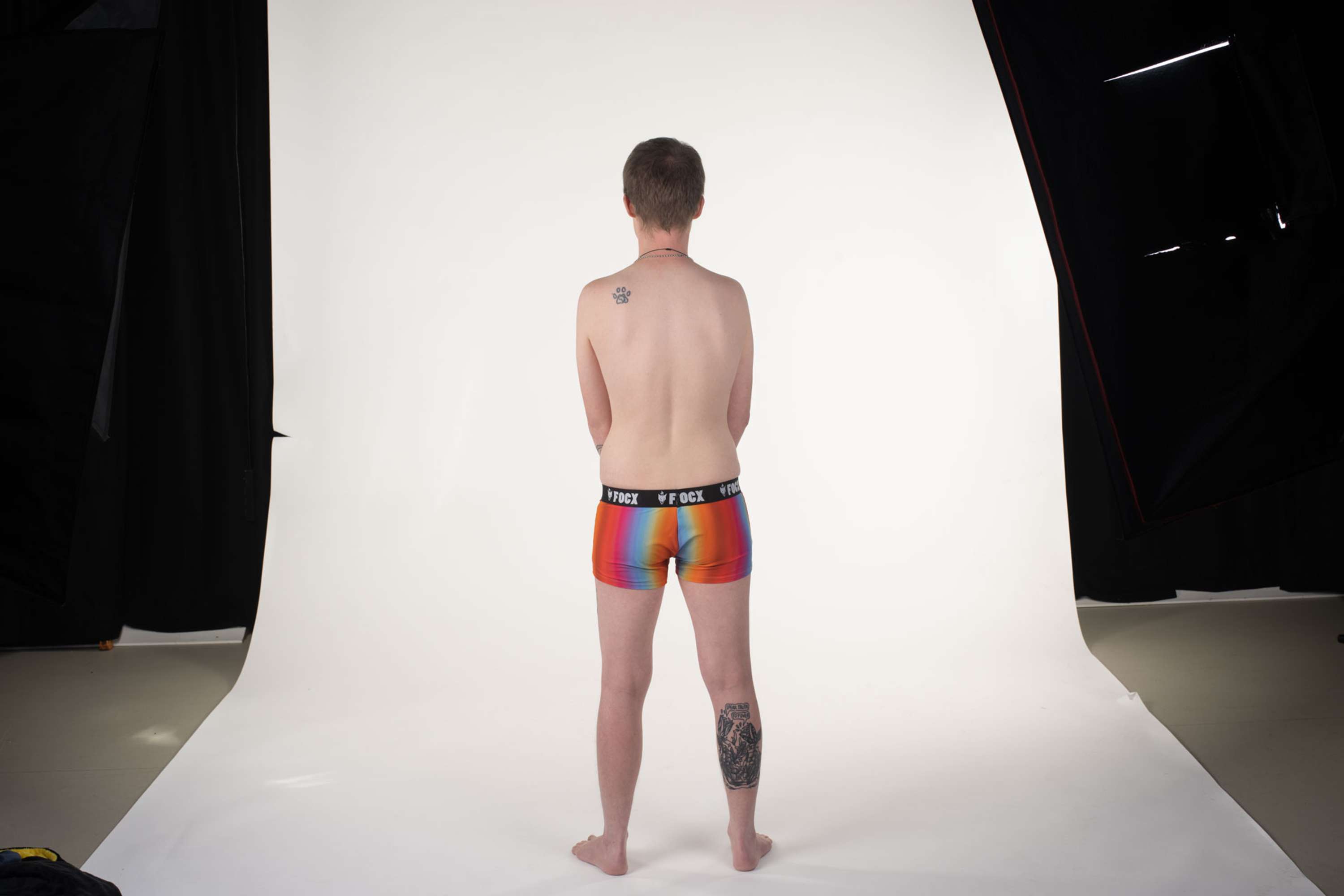
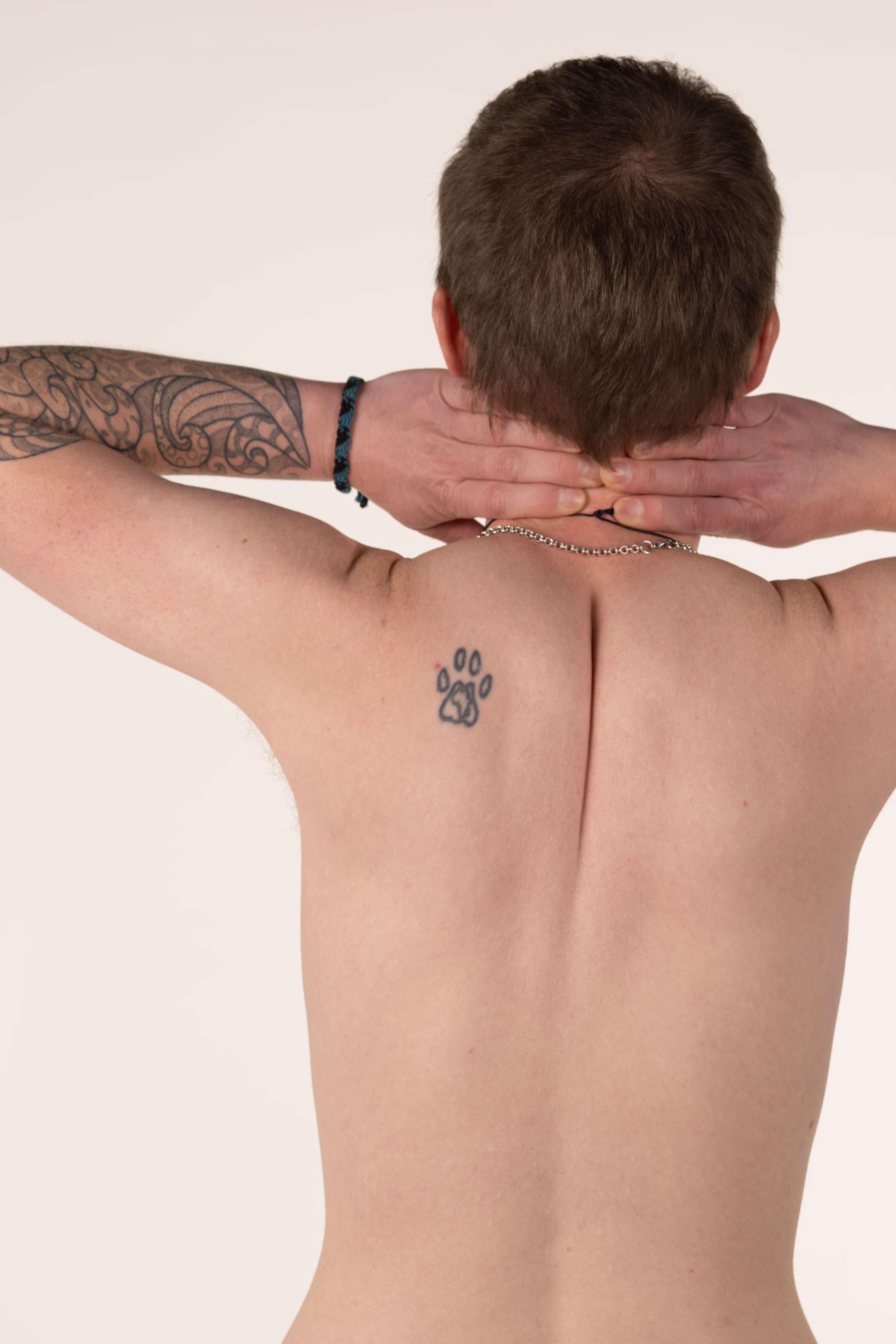
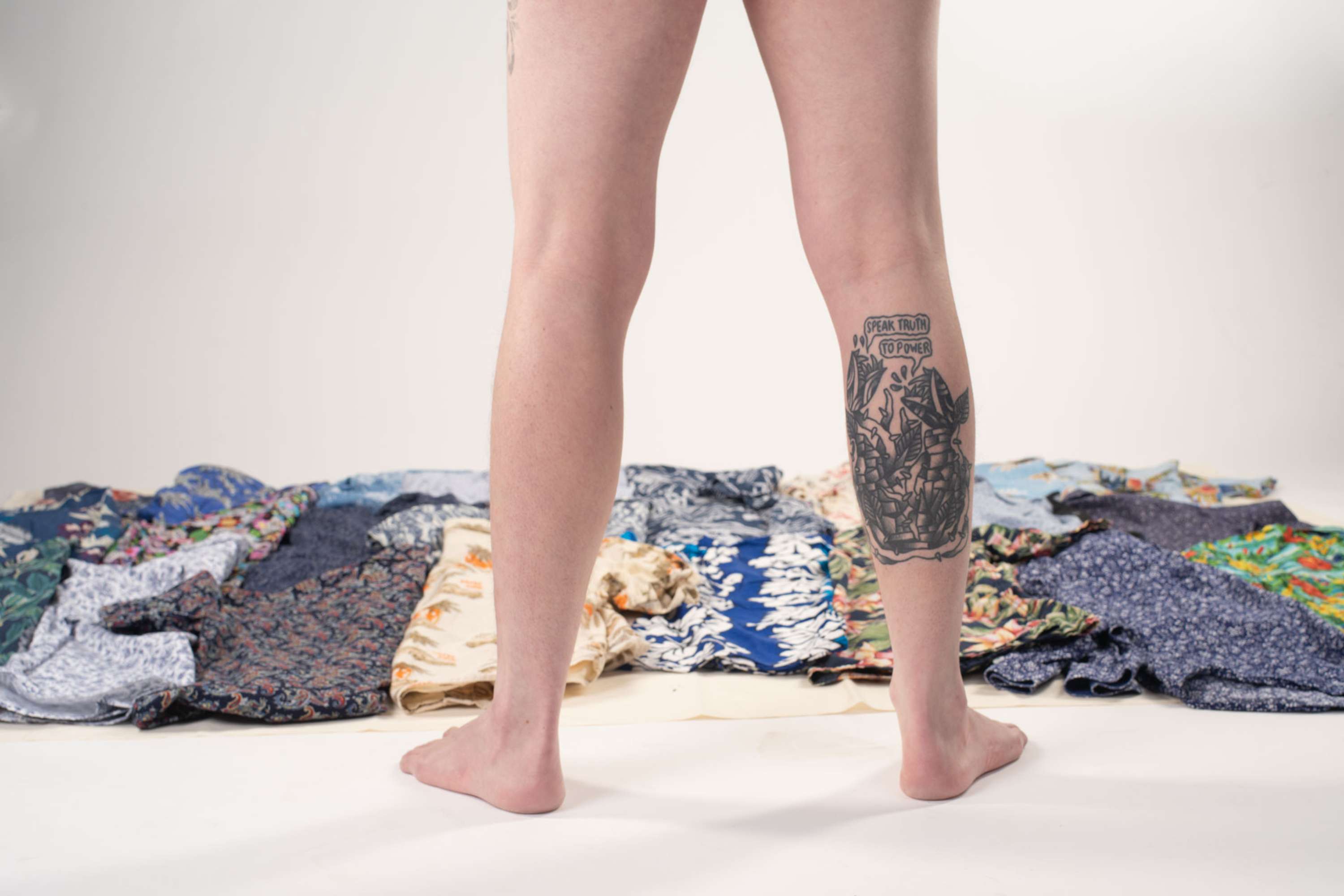
Chris
"When we think of inclusion and exclusion, we often automatically think of institutional projects to advance ‘equality and diversity’. Sometimes, when the institution is especially in touch with their Gen-Z focus group, they might even call it ‘diversity and liberation’. Whilst these projects are, more often than not, a product of the very real passion for justice and good intentions of the people who are asked to run them, they are plagued by the same sterile, bureaucratic institutional structures which reproduce the exclusion in the first place.
Institutions love to churn out endless guidelines and documents about correct use of language and how to include specific minorities in working groups, which gives a sort of surface sheen of inclusion, but the harsh reality is that many minority groups find themselves spoken over and tossed aside in these meetings. When these groups decide to work on their own on advancing equality and inclusion outside of the oppressive supervision of senior managers, who act as if the most basic demands of the group are ‘at odds within the institutional context of the university’, the work is tossed aside and deemed invalid. This is the reality that trans people find themselves in at the university. I am the current trans welfare officer for the student LGBT Society in our student union, and I genuinely believe that LUU LGBT+ society can do more to advance queer liberation at the University in a single night with a jockstrap and a half empty bottle of poppers than the University has done in an entire year.
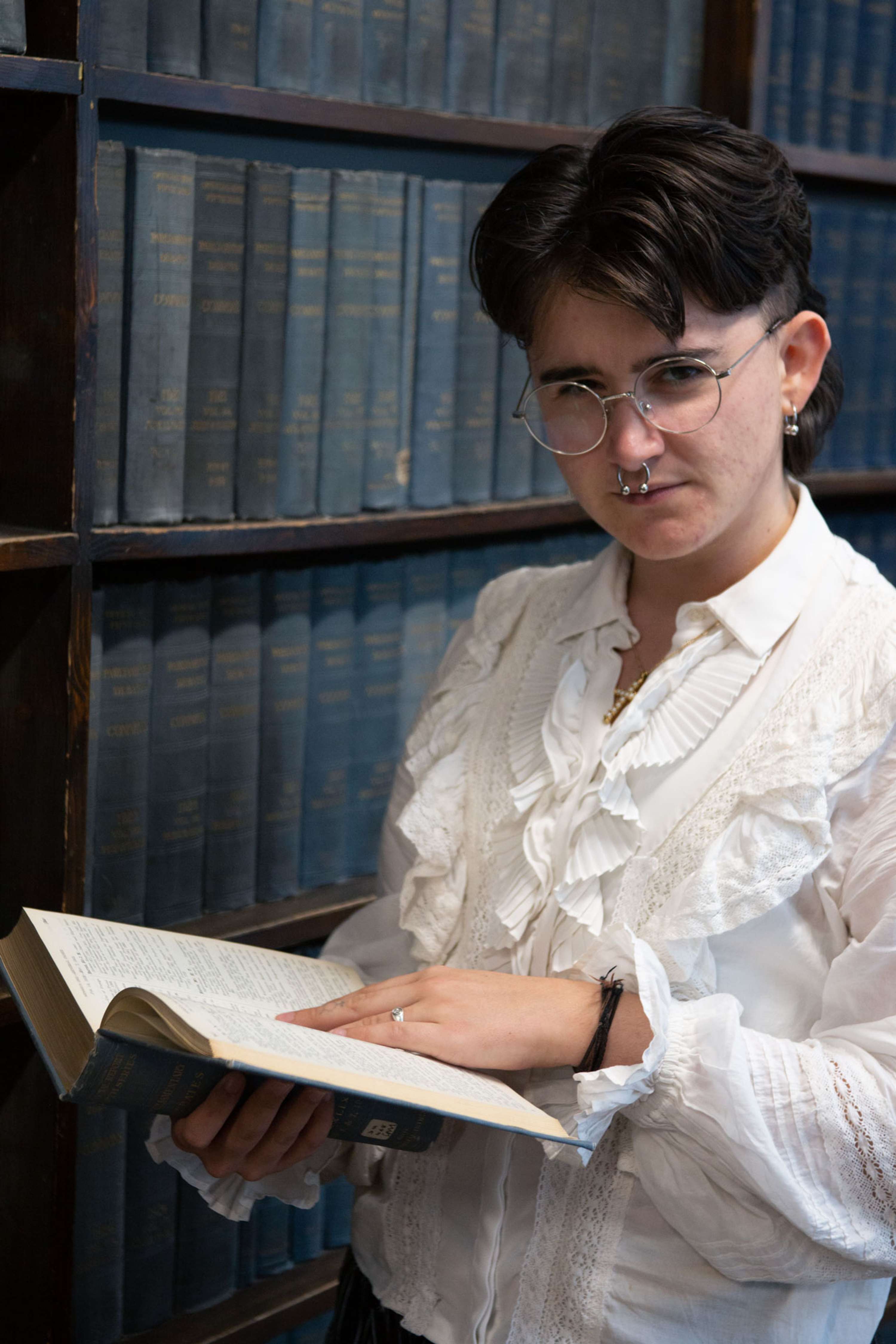
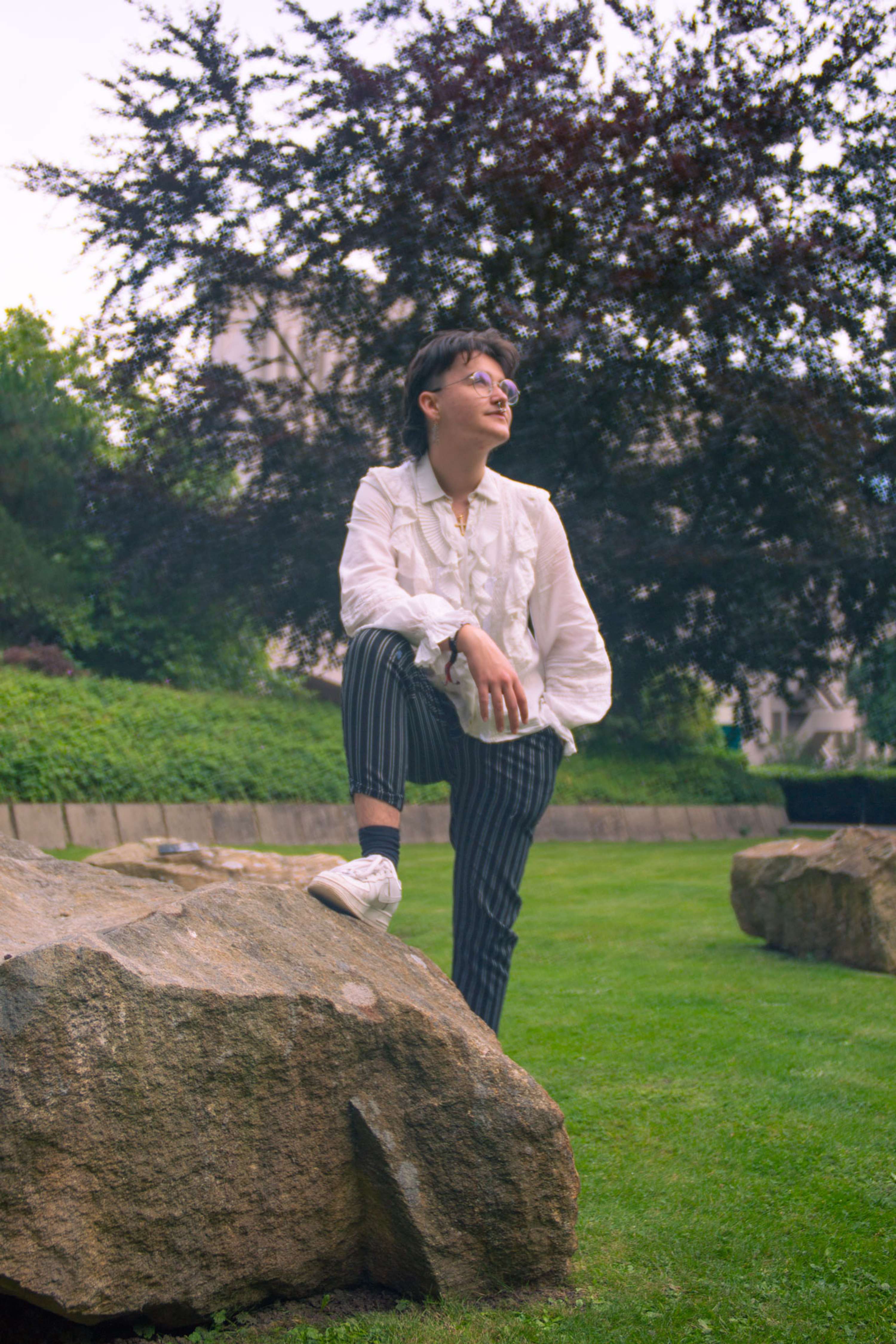
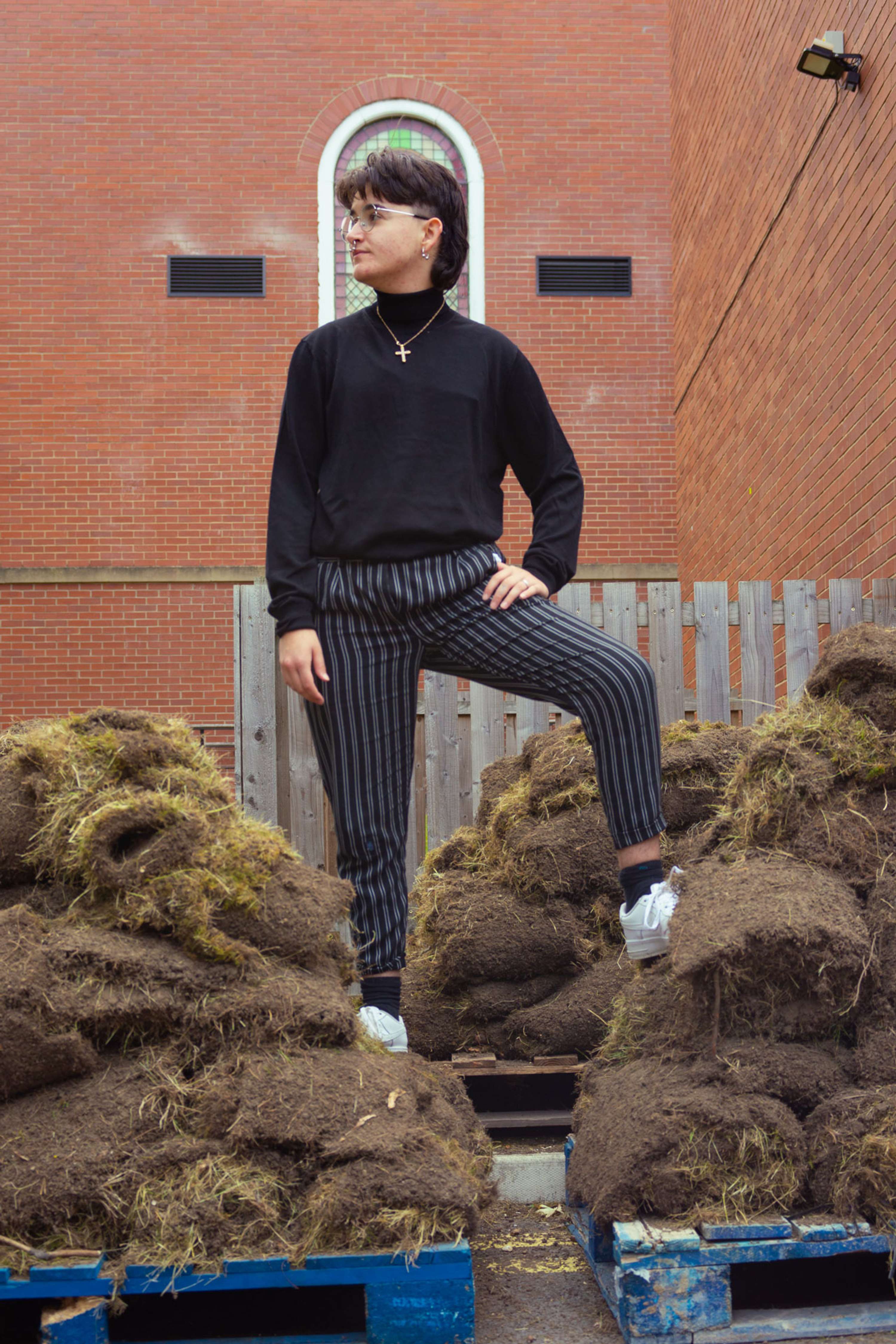
I have had a complicated experience with the university; I am in a constant flux of being excluded and included at the same time. I spend one week petitioning for the basic rights of trans people on campus and turn up to lectures the next as if nothing happened. This project was a fun way of looking at my experiences here and poking a little but of fun at what seems like a never-ending performance of being a student and having to navigate this silly little university. Every day I put on my silly little shirt and my silly little hat, and I walk into a silly little fine art studio and I open my silly little emails about diversity and inclusion.
If you would like to find out more about my art about landscapes, mountains, god, religion, rolling around in the mud and the colour blue, please visit my Instagram page @chris.txs, or you can contact me at chris.angelominas@gmail.com"
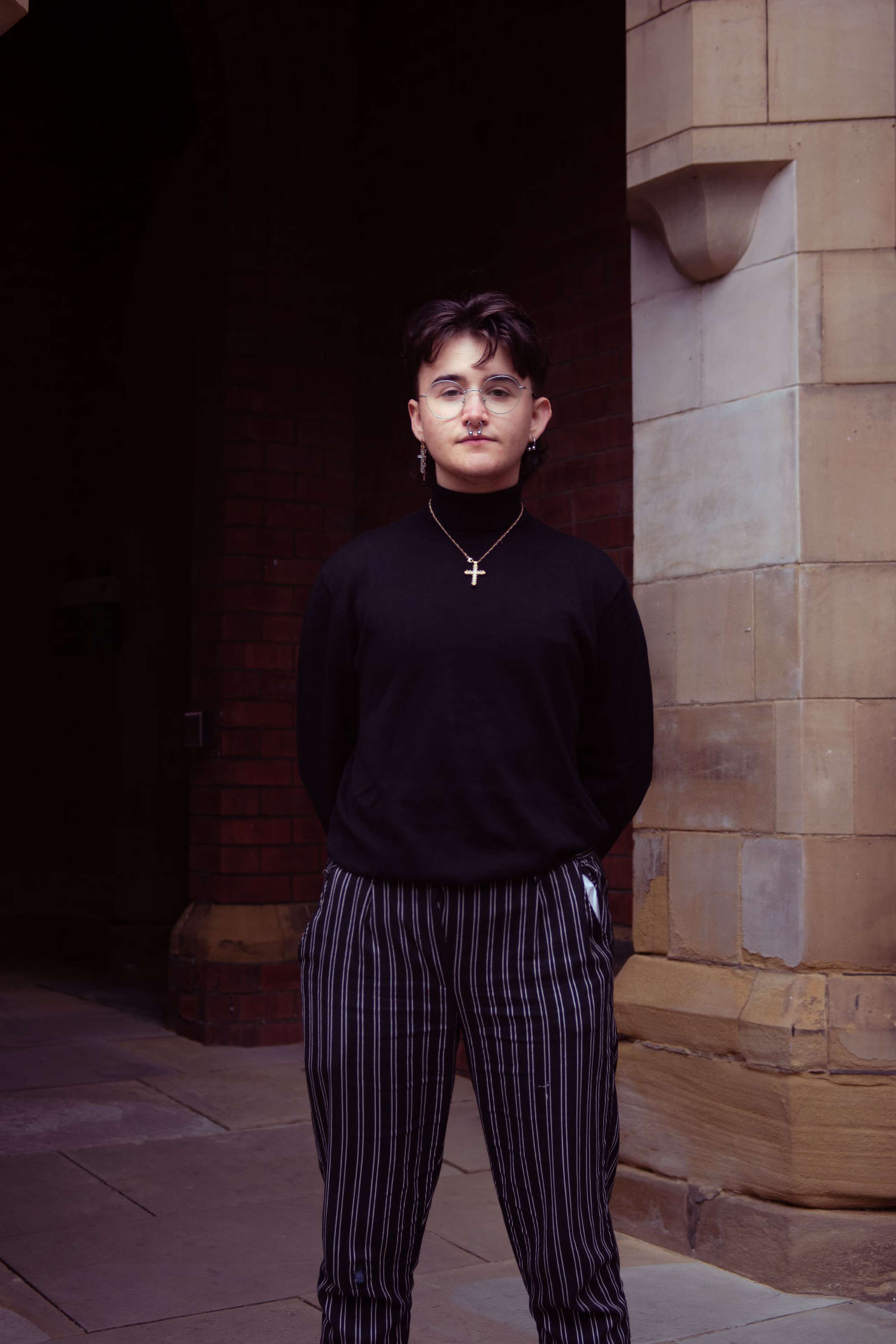
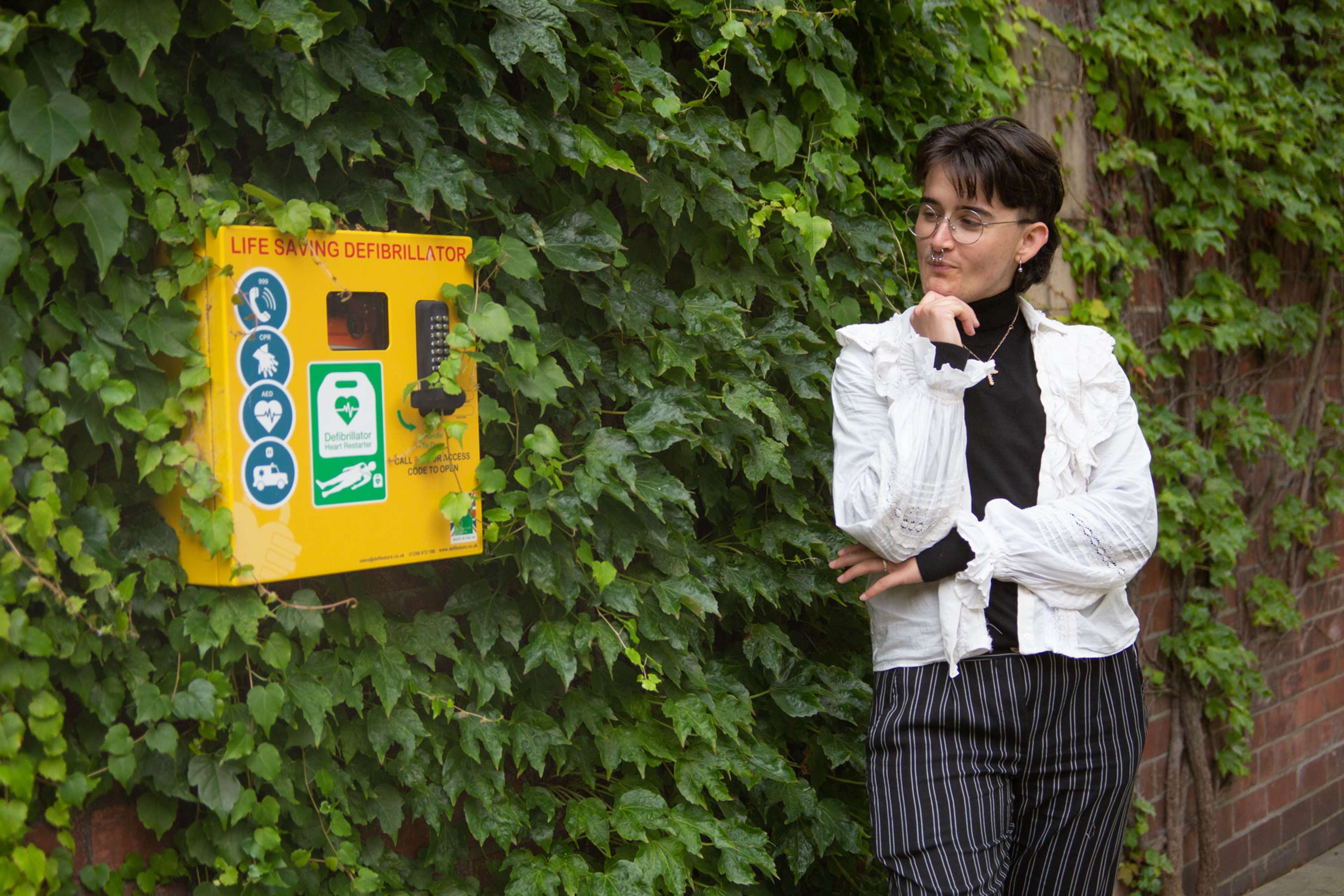
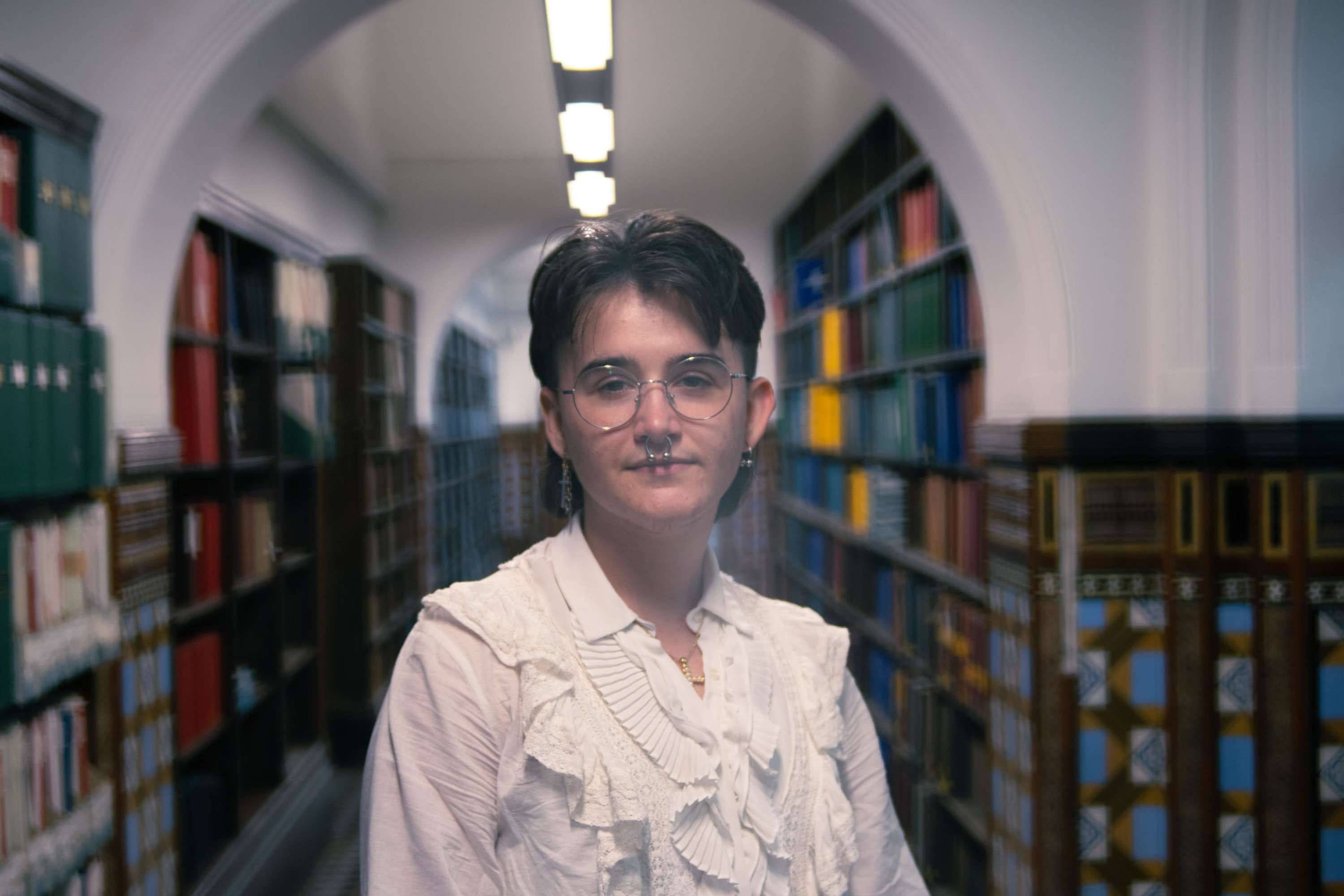
Lewis

"I think a lot of people view being trans or non-binary as a struggle or as something associated with suffering. Whilst it is true that being misgendered, growing up not feeling comfortable in who you are and having to navigate a world full of transphobia and a society not ready to fully accept us is hard and can be painful, being trans is also an incredibly joyful experience. Being trans is about being who you are, no ifs, no buts, no compromises. Being able to treat gender as a site of joy, play, and resistance is beautiful."
